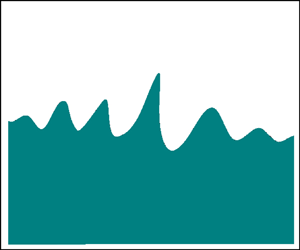Article contents
Free surface in two-dimensional potential flow: singularities, invariants and virtual fluid
Published online by Cambridge University Press: 28 November 2022
Abstract

We study a two-dimensional (2-D) potential flow of an ideal fluid with a free surface with decaying conditions at infinity. By using the conformal variables approach, we study a particular solution of the Euler equations having a pair of square-root branch points in the conformal plane, and find that the analytic continuation of the fluid complex potential and conformal map define a flow in the entire complex plane, excluding a vertical cut between the branch points. The expanded domain is called the ‘virtual’ fluid, and it contains a vortex sheet whose dynamics is equivalent to the equations of motion posed at the free surface. The equations of fluid motion are analytically continued to both sides of the vertical branch cut (the vortex sheet), and additional time invariants associated with the topology of the conformal plane and Kelvin's theorem for a virtual fluid are explored. We called them ‘winding’ and virtual circulation. This result can be generalized to a system of many cuts connecting many branch points, resulting in a pair of invariants for each pair of branch points. We develop an asymptotic theory that shows how a solution originating from a single vertical cut forms a singularity at the free surface in infinite time, the rate of singularity approach is double exponential and supersedes the previous result of the short branch cut theory with finite time singularity formation. The present work offers a new look at fluid dynamics with a free surface by unifying the problem of motion of vortex sheets, and the problem of 2-D water waves. A particularly interesting question that arises in this context is whether instabilities of the virtual vortex sheet are related to breaking of steep ocean waves when gravity effects are included.
JFM classification
- Type
- JFM Papers
- Information
- Copyright
- © The Author(s), 2022. Published by Cambridge University Press
References
REFERENCES
- 1
- Cited by



